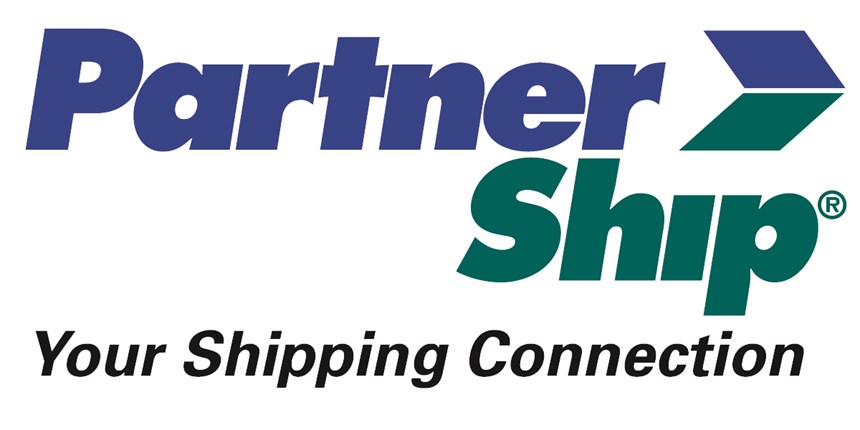Truckload Shipping 101
According to Morgan Stanley Research commissioned by the American Trucking Association, the truckload market is $630 billion annually or 75 percent of the total domestic freight transportation market by revenue.
Truckload freight refers to a large shipment (typically over 10,000 pounds) that fills an entire semi-trailer. According to Morgan Stanley Research commissioned by the American Trucking Association (ATA), the for-hire and private truckload market is $630 Billion annually or 75 percent of the total domestic freight transportation market by revenue.
To better help customers understand the specifics and benefits of this mode of transportation, this article will outline:
- What constitutes a truckload shipment
- The benefits of shipping truckload
- How to obtain accurate quotes to ensure savings
What is Truckload?
The easiest way to define truckload, and its associated requirements and charges, is to compare it to the other most commonly used shipping mode: Less-Than-Truckload (LTL).
Truckload averages 20,000 pounds, with a minimum of 10,000. LTL runs from 150 to 10,000 pounds, with an average shipment of around 1,200 pounds.
While LTL is typically palletized and is priced based on weight, destination, class and accessorial charges, Truckload is typically charged by a per mile rate and packaged in a number of different ways.
The biggest difference between the two modes is in how and when a shipment will leave and arrive. LTL shipments usually share the ride with several other shipments, with several stops along the delivery path to load and unload other LTL shipments. Truckload shipments have only one shipment, and stay on the same trailer from loading at point A to delivery at point B.
Lastly, while there are about 125 LTL carriers nationwide, with the top 25 handling 85 to 90 percent of all LTL shipments, there are well over 100,000 companies acting as truckload carriers.
Benefits
If a company has correctly identified a shipment as truckload, what are the benefits of a truckload move? Major benefits to shipping truckload over other freight moves, like LTL, is that companies greatly reduce the risk of damages, increase the speed of transit, receive better insurance coverage and no freight class is required.
This can all be achieved due to the simple fact that the freight is staying on one truck throughout its entire trip. LTL shipments pause at different stops, move the freight on and off the truck, put other shipments next to yours and this is all usually done multiple times throughout transit. It’s easy to see how the margin of error (for damages, losses and delays) increases significantly during transit.
Lastly, because of the direct delivery nature of truckload shipments, carriers don’t need to have additional overhead like terminals, which limits capital investments and results in generally lower costs.
Quoting
In order to get the best quote, it’s imperative to have the following information squared away before setting out to get a bid.
- The basics. Pick up and drop off locations, any date or delivery time requirements, how much weight, how it’s packaged and how many individual pieces.
- Type of equipment needed. Can a delivery be shipped via a standard dry van (up to 44,000 pounds or 26 standard sized pallets)? Or will it need a flatbed, refrigerated or other specialty type of trailer?
- Commodity. A basic description of the shipment contents will help get the most accurate quote.
- Shipment value. Typical legal liability coverage tops out at $100,000 per trailer, and there is no longer any federal requirement for carriers to carry insurance. So, a company will want to make sure it is sufficiently covered.
Related Content
Micro-Drilling: 9 Questions to Answer Before Beginning
Applications for micromachining continue to grow. Successful machining with small tools calls for a different set of process skills on the shop floor.
Read MoreMachining More Than Metal
Plastics for medical and industrial applications present different challenges than metals as I’ve reported on over the years.
Read MoreWhen a CNC Turn-Mill Doesn’t Turn
A shop in Big Sky Country uses a B-axis multitasking machine to produce complex, prismatic medical parts that require no turning complete from barstock.
Read MorePursuit of Parts Collector Spearheads New Enterprise
While searching for a small parts accumulator for Swiss-type lathes, this machine shop CEO not only found what he was looking for but also discovered how to become a distributor for the unique product.
Read MoreRead Next
Do You Have Single Points of Failure?
Plans need to be in place before a catastrophic event occurs.
Read MoreA Tooling Workshop Worth a Visit
Marubeni Citizen-Cincom’s tooling and accessory workshop offers a chance to learn more about ancillary devices that can boost machining efficiency and capability.
Read More5 Aspects of PMTS I Appreciate
The three-day edition of the 2025 Precision Machining Technology Show kicks off at the start of April. I’ll be there, and here are some reasons why.
Read More














.jpg;maxWidth=300;quality=90)








